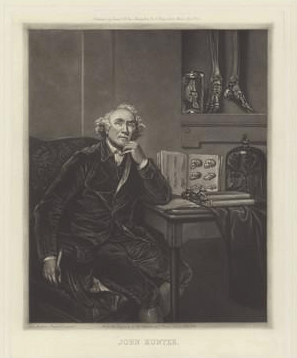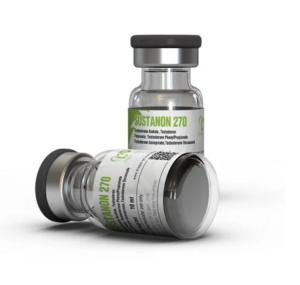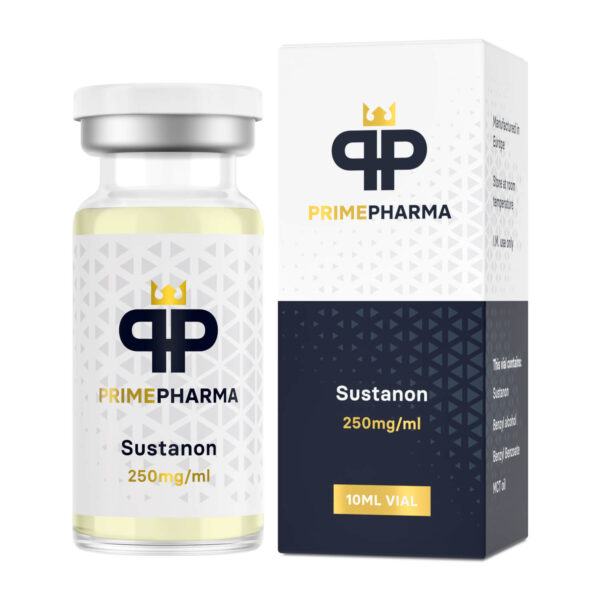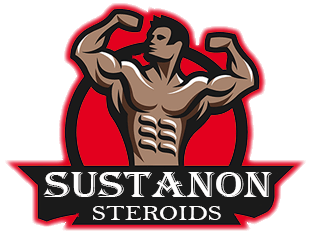Sustanon 250
To fully understand the history of sustanon, we need to partially delve into the history of testosterone itself, as the two are ultimately one and the same. It wasn’t until the year 1935 that we actually had what could be called a “civilised” means of supplementing with exogenous testosterone, and the name testosterone itself did not exist until this year either, when Ernest Laqueur first coined it. Before the 1930’s, this almost “mythical” substance had been studied and explored over the course of several centuries worth of trial and error, and no small amount of fairly grotesque research methods.
THE HISTORY OF SUSTANON
 In 1786, John Hunter first started to “explore” the functionality of human testicles when he started transplanting them into capons (a chicken variety that is “fattened” up for consumption.)
In 1786, John Hunter first started to “explore” the functionality of human testicles when he started transplanting them into capons (a chicken variety that is “fattened” up for consumption.)
Obviously, very little effect would have been achieved (and none of a beneficial nature that are documented), but it’s really the thought process that counts in this instance, as it was a precursory element for the future experiments that were to take place nearly a century later by Adolph Berthold in 1849.
Berthold’s experiments involved transplantation. He noticed when the testicles were removed that this had a noticeable effect on behaviour patterns in both a psychological and physiological capacity. Following Bertholds assertion that the testicles were without doubt linked to certain behaviour patterns, testicular preparations started being used in a therapeutical capacity.
A few decades later (1889), Charles-Edouard Brown-Sequard gave birth to what is now known as the field of organotherapy. As part of this new movement, he began to inject testicular extracts into his own subcutaneous tissue. At this time, Sequard was in his 70’s and (through his own admission) was beginning to tire after a typical day’s work. His general mobility and strength were diminishing, and he knew he was working against the hands of time.
He claimed that these injections rejuvenated him in both a mental and physical capacity, and they were formulated in the fashion observed hereinafter.
Over a two-month window, he administered no less than ten doses of this “elixir.” Though Sequard suffered from rumination and muscular rheumatism, in conjunction with general exhaustion, he alarmingly reported that his strength, endurance and mental clarity all improved. He claimed at the time that he could work on his feet for “hours at a time” and was “no longer exhausted” after arduous work. He even went as far as to say that he could “run” up the stairs to his lab, and that tests were showing “astonishing” increases in his strength.
This is truly alarming, as we know now that simply injecting the contents of the testicles (from another non-human host) into the human body could (or SHOULD) not possibly have had a positive effect (other than that of a placebo), but as with John Hunter centuries earlier, it was the thought process that really helped to evolve the field into what it slowly became…and it’s hard to argue with Sequard’s own reports.

Interestingly, though this forward thinking “injectable” process was taking form at the time, testicular transplants actually remained fairly common-place even until the 1920’s, where Sergio Voronoff was a well known advocate and practitioner of the process.
Luckily, the Royal Society Of Medicine finally proved that this procedure simply couldn’t work in any biological capacity for achieving its reported benefits (enhanced strength, bodily function and psychological clarity) in 1927.
Steinach and Niehans were another up and coming force within the field of what eventually became exogenous testosterone; they formulated procedures like vasoligation, skin grafts and cellular injections. It was ultimately the latter component mentioned above (cellular injections) that ended up being the real breakthrough here, as this helped to pave the way for the “synergised” approach, whereas cells, injections and the contents of the testicles all merged together to form what became the very first form of synthesized testosterone.
Preceding its release, there had been a great deal of controversy however, and even though we have outlaid what may appear to be a “seamless” progression in the advancement of hormone utilisation, this progression didn’t go unchecked. Following Sequard’s initial claims, an “elixir of life” was created and distributed on a fairly large scale. Whilst people were initially excited, several tests helped to largely “debunk” (or so the testers thought) the claims made by Sequard.
It was deemed that, ultimately, any positive benefit achieved was purely due to “mental excitement” and as a result the elixir dropped out of circulation rather rapidly.
Sustanon User Experience
At this time, so too did many of the experiments being performed in regards to “testicular supplementation”. Though, as previously mentioned, transplantation was still relatively popular.
Had it not been for a gentleman named Fred Koch, we may never have advanced beyond the fairly primitive level of understanding we had in regards to the contents of the testicles at the time.
 He was a believer in the thought process that Hunter, Berthold and Sequard had pioneered, and he happened to have access to the stockyards of Chicago at the time in regards to an almost limitless supply of animal material.
He was a believer in the thought process that Hunter, Berthold and Sequard had pioneered, and he happened to have access to the stockyards of Chicago at the time in regards to an almost limitless supply of animal material.
He obtained 40lbs of bull testicles, and at the University Of Chicago, he managed to extract 20mg of a “pure substance” from the material. He then obtained a large supply of castrated chickens, and decided to perform his tests on them using this newfound substance.
Being that chickens of this nature (as a result of their castration) were synonymous with showing no sexual characteristics (crowing, for example), he had the perfect batch of “subjects” on which to test virility.
Shortly after administering them with the pure substance he had extracted, they were heard crowing in abundance. This indicated without any doubt that this “substance” really was the genuine article.
Tests were performed on this “miracle” substance, and it wasn’t long before the medical field was awash with it in its first truly commercial and genuinely usable form. This synthesized variant was born for the first time in 1935 as a result of Aldolf Butenandt and Leopold Ruzicka managing to synthesize the newly named “testosterone” (as a result of Ernest Laquer coming up with the name in 1930) from cholesterol.
Steroids were now very much real.
This “simplified” version of testosterone ran rampant on the medical field until the 1970’s, where the international pharmaceutical company Organon successfully produced a multiple “esterized” version. This is when sustanon was first developed.
It was created to combat the regular (and inconvenient) dosing practices of the “standard” testosterone variants available at the time. It worked to great effect due to its longer “active” life within the body (and rapid integration) and it was through experimentation with long lasting esters at this time that also lead to the development of the popular deca-durabolin steroid (which too came from Organon and was a result of experimentation with the decanoate ester.)
Ever since, sustanon has remained the most popular testosterone blend product, and arguably the most popular testosterone product in general other than propionate.
“"I have made use, in subcutaneous injections, of a liquid containing a very small quantity of water mixed with the three following parts : First, blood of the testicular veins ; secondly, semen ; and thirdly, juice extracted from a testicle, crushed immediately after it has been taken from a dog or a guinea-pig


